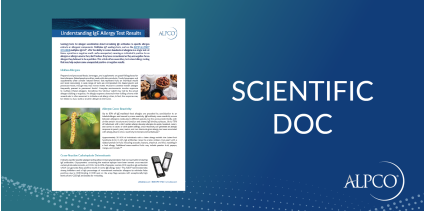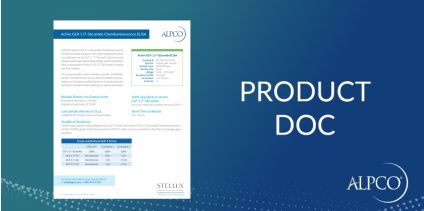PGE2 ELISA
$642.00
Catalog
74-PG2HU-E01
The PGE2 ELISA kit is a colorimetric competitive enzyme immunoassay kit for the quantitative determination of PGE2 in culture supernatants, serum, saliva, urine, and whole blood from any species with results in < 3 hours. Absorbance is read at 405 nm. Screen inhibitors of COX II activity by measuring the levels of downstream PGE2. Commercially available since 1992, this kit is widely cited in peer-reviewed publications. The non-radioactive ready-to-use liquid color-coded reagents reduce errors. Research Use Only. Not for Use in Diagnostic Procedures.
Regulatory Status
Research Use Only. Not for Use in Diagnostic Procedures.
Product Distribution
Available Worldwide
Range
39.1 - 2,500 pg/mL
Sensitivity
13.4 pg/mL
Sizes
96 Wells
Sample Types
Cell Culture, Saliva, Serum, Urine, Whole Blood
Inc Time Hour
3
Inc Time Overnight
No
Inc Time See Protocol
No
Detection
Colorimetric
Cited sample types include cell lysate, cerebral spinal fluid, dialysate, gingival crevicular fluid, peritoneal exudate fluid and peritoneal exudate cell supernatant, plasma, and tissue. Celecoxib inhibits Cdx2 expression and prevents gastric cancer in Helicobacter pylori-infected Mongolian gerbils: Futagami S., et al.; Digestion 74, 187 (2006). Increased levels of the pro-inflammatory prostaglandin PGE2 in CSF from ALS patients: G. Almer, et al.; Neurology 58, 1277 (2002). Nonopioid actions of intrathecal dynorphin evoke spinal excitatory amino acid and prostaglandin E2 release mediated by cyclooxygenase-1 and -2: L. Koetzner, et al.; J. Neurosci. 24, 1451 (2004). The effects of periodontal therapy on intracrevicular prostaglandin E2 concentrations and clinical parameters in pregnancy: F. Yalcin, et al.; J. Periodontol. 73, 173 (2002). Anti-inflammatory effects of isoflavone powder produced from soybean cake: T.H. Kao, et al.; J. Agric. Food Chem. 55, 11068 (2007). Selective cyclooxygenase-2 inhibition by nimesulide in man: L. Cullen, et al.; J. Pharmacol. Exp. Ther. 287, 578 (1998. Delta6-desaturase (FADS2) deficiency unveils the role of omega3- and omega6-polyunsaturated fatty acids: W. Stoffel, et al.; EMBO J. 27, 2281 (2008).







